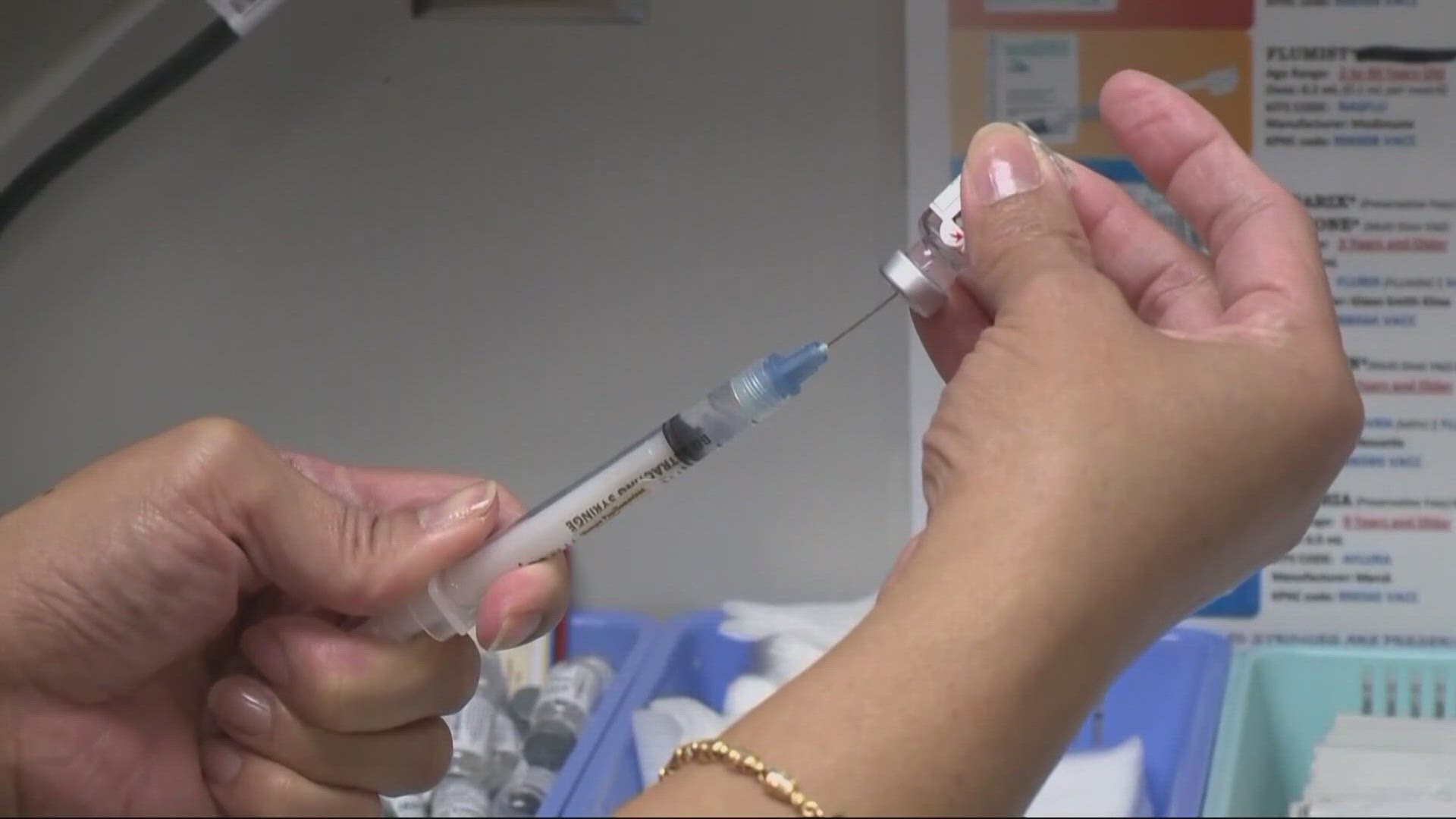PORTLAND, Ore. — Oregon’s Occupational Safety and Health Administration (OSHA) has extended a rule that puts into place COVID workplace protections.
The rule includes health protection measures like physical distancing, the use of face coverings, employee notification and training, formal risk assessment and infection control planning and optimization and maintenance of existing ventilation systems.
This rule replaces the previous rule and includes several changes based on public comments that were received. It will be repealed when it is no longer needed like the rule it replaced. There were many public concerns about the rule not being deemed a “temporary rule.” The decision to make it a permanent rule is due to the fact that temporary rules cannot be in place for more than 180 days. The concerns from the public about the permanent rule were that the rule did not have a specific sunset date or trigger to repeal it immediately.
“We reviewed all of the comments – including the many comments that opposed the rule – and we gave particular consideration to those comments that explained their reasoning or provided concrete information," said Michael Wood, administrator of Oregon OSHA. “Although we chose to move forward with the rule, the final product includes a number of changes based on that record.”
Oregon OSHA determined it wasn’t possible to assign a specific decision to repeal the rule. OSHA will consult with Oregon OSHA Partnership Committee, the two Infectious Disease Rulemaking Advisory Committees, the Oregon Health Authority and other stakeholders to help determine when the rule can be repealed.
Some of the significant changes include:
- Reducing the number of industry-specific appendices by six and limiting such requirements specifically to those involving worker protection (which reduced the length of the appendices, and, therefore, of the entire rule, by more than 50 pages)
- Dramatically reducing the K-12 schools appendix and removing all references to cohorts and square footage limitations, as well as physical distancing between students.
- Requiring employers to consider alternatives to transporting multiple people in a single vehicle and providing other guidance about reducing risk while sharing vehicles. The rule does not, however, require using multiple vehicles to transport multiple employees.
- Requiring employers with more than 10 employees – and that have existing ventilation systems – to state in writing that, to the best of their knowledge, they are running their systems in line with requirements. The final rule does not require the purchase or installation of new ventilation systems.
- Reducing required sanitation measures to reflect the most up-to-date Centers for Disease Control and Prevention guidance.
- Requiring employers to provide written notification to employees of their rights to return to work when employees must quarantine.
- Requiring health care employers to provide respirators to employees working with known or suspected COVID-19-positive patients, unless such respirators are unavailable.



